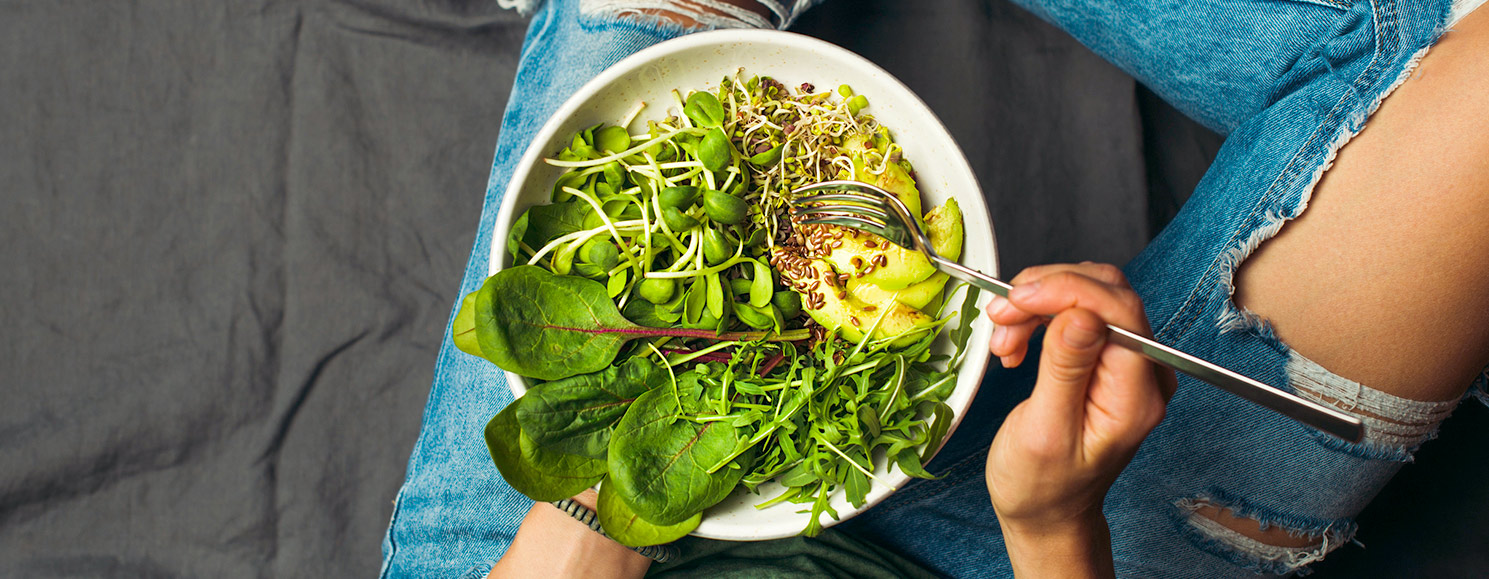Life Insurance
Lump sum payment if you were to pass away or are diagnosed with a terminal illness.

The most important things in your life are your family, your lifestyle and your future. This is what life, trauma and disability insurance are there to protect.
For Individuals
For Business
Lump sum payment if you were to pass away or are diagnosed with a terminal illness.
Choose from private health insurance or specialised cancer insurance.
Financial support if you or your child become seriously ill or injured.
Lump sum payment if you become permanently disabled and are unable to work.
Income protection insurance provides financial support if you can't work due to an accident or illness.
Simple plans you can buy online. Get protected with basic life, rent or mortgage protection.
Lump sum payment if you have an accident and suffer one of the covered injuries.
Gives you access to specialist consultations and diagnostic tests so that you can get on the path to treatment early.
Protection for business owners if a key person becomes seriously ill, is injured, or dies.
Providing cost effective and comprehensive corporate group insurance for your employees.
Financial support if a key person of your farm becomes seriously ill, injured or passes away.

AIA Vitality encourages and supports you to live a healthier life, while giving you access to great rewards along the way.
Learn more about the amazing benefits, discounts and rewards you'll have access to with AIA Vitality.
Learn how you can earn up to 15,000 points and $260 a year in Active Rewards.
Find out how you can earn 25 Airpoints Dollars or $25 Woolworths vouchers.
Get help with making a claim.
Make a Critical Illness, Critical Conditions, Progressive Care, Living Assurance or other trauma insurance claim.
Make an Accidental Injury insurance claim.
A personalised end to end claims experience when support matters the most.
AIA Group is one of the largest life insurers in the world, with a presence in 18 markets across Asia Pacific. AIA New Zealand Limited is part of the AIA Group and has been providing insurance to New Zealanders since 1981.

Get to know us
Work with us
News & Information
We're here to help! Check out our quick links and digital tools. Still have a question? Get in touch via Live Chat.
Contact AIAQuick Links
Understanding your policy
Other useful information
Updating policies, moving house, changing names, Covid-19 support... our FAQs section has all the answers and forms.
Product updates, enhancements and policy wordings for current and closed AIA or Sovereign policies.
Find out more about CPI indexation and how it may affect your insurance cover.
Helpful advice if you have recently arrived, or are considering moving to New Zealand.
A list of some of the services available in New Zealand that offer support, information and help.
The latest AIA investment performance information, as well as a list of closed and terminated investment products.
If you have a complaint, we’ll do our best to resolve the situation.
{{title}}
{{label}}AIA Vitality NZ - 5 min read
27 April 2021
The climatarian diet is tipped to be one of the big food trends this year. But what is it, what does it mean for your health and can it really help fight the climate crisis?

Vegetarian, pescatarian and flexitarian diets are nothing new. But the idea of taking a more considered approach to what you eat, based on the carbon footprint of certain foods, is gaining popularity.
More New Zealanders are striving to eat less meat, source their produce locally and reduce their food waste. Carbon-conscious eating – AKA the climatarian diet – has never looked better.
It’s thinking critically about where your food comes from and changing the way you eat where required. Often beef and dairy consumption is limited, due to the significant carbon footprint the cattle industry leaves on the planet. Meat, in general, demands more resources like water, fuel and land (and contributes to deforestation and loss of biodiversity) than plant-based foods.
A climatarian diet involves more plant-based meals, or low-carbon meats like organic free-range chicken and sustainably sourced seafood. Along with being better for the planet, it’s good for your health too; switching out red meat in favour of plant-based proteins like nuts, tofu and lentils may reduce your risk of heart disease and stroke.
It’s also about changing how you buy food. Not only does it encourage eating with the seasons, which has a whole host of benefits, climatarianism is also about shopping closer to home, buying goods from local markets and producers. By shopping locally, we also cut out the food miles associated with transporting food around the country, and even the world.
Although many New Zealand supermarkets have “banned the bag” and moved to reusable options only, they are still full of plastic (do we really need plastic-wrapped courgettes?). While packaging is sometimes necessary, there are ways to avoid single-use plastic, especially in the produce section. Most health food stores – and supermarkets – allow you to purchase things like grain, rice, flour and nuts in your own reusable containers. It’s also worth investing in a few reusable produce bags (or making your own) for stuff like apples, carrots and other loose fruits and vegetables.
Taking a carbon-conscious approach to eating also means using as much of what you buy as possible, so that that bag of wilted spinach or handful of squishy zucchinis doesn’t end up in landfill. Whiz leafy carrot tops into a pesto, chop fresh herbs and freeze them in ice-cube trays, or cook down vegetable scraps into a flavourful, healthy stock. Any leftover food waste should be composted, or popped in your green-waste bin. Don’t forget an old favourite for those vege leftovers… Bubble and squeak!
Starting a veggie garden can feel daunting, particularly if you don’t have much space or time! It’s surprisingly easy, and extremely satisfying, to grow your own veggies and herbs at home. All you need is a pot, a sunny position and some good soil.
This is general information only and is not intended as financial, medical, health, nutritional or other advice. You should obtain professional advice from a financial adviser, or medical or health practitioner in relation to your own personal circumstances.
By AIA Vitality NZ
AIA Vitality Staff writer
AIA Vitality is a personalised, health and wellbeing programme that supports you every day to make healthier lifestyle choices. Visit aiavitality.co.nz
You might like these
We will be in contact as soon as we can.
Did you know, with an eligible policy you can view, claim and update your insurance with MyAIA? Find out more